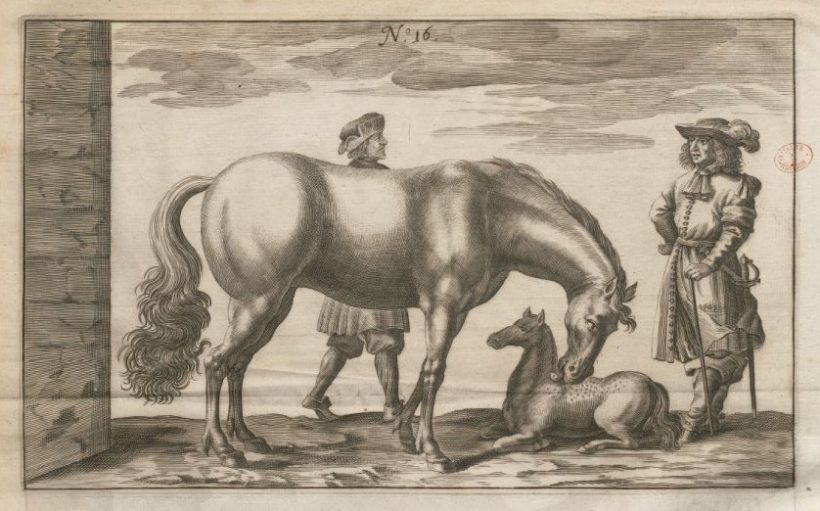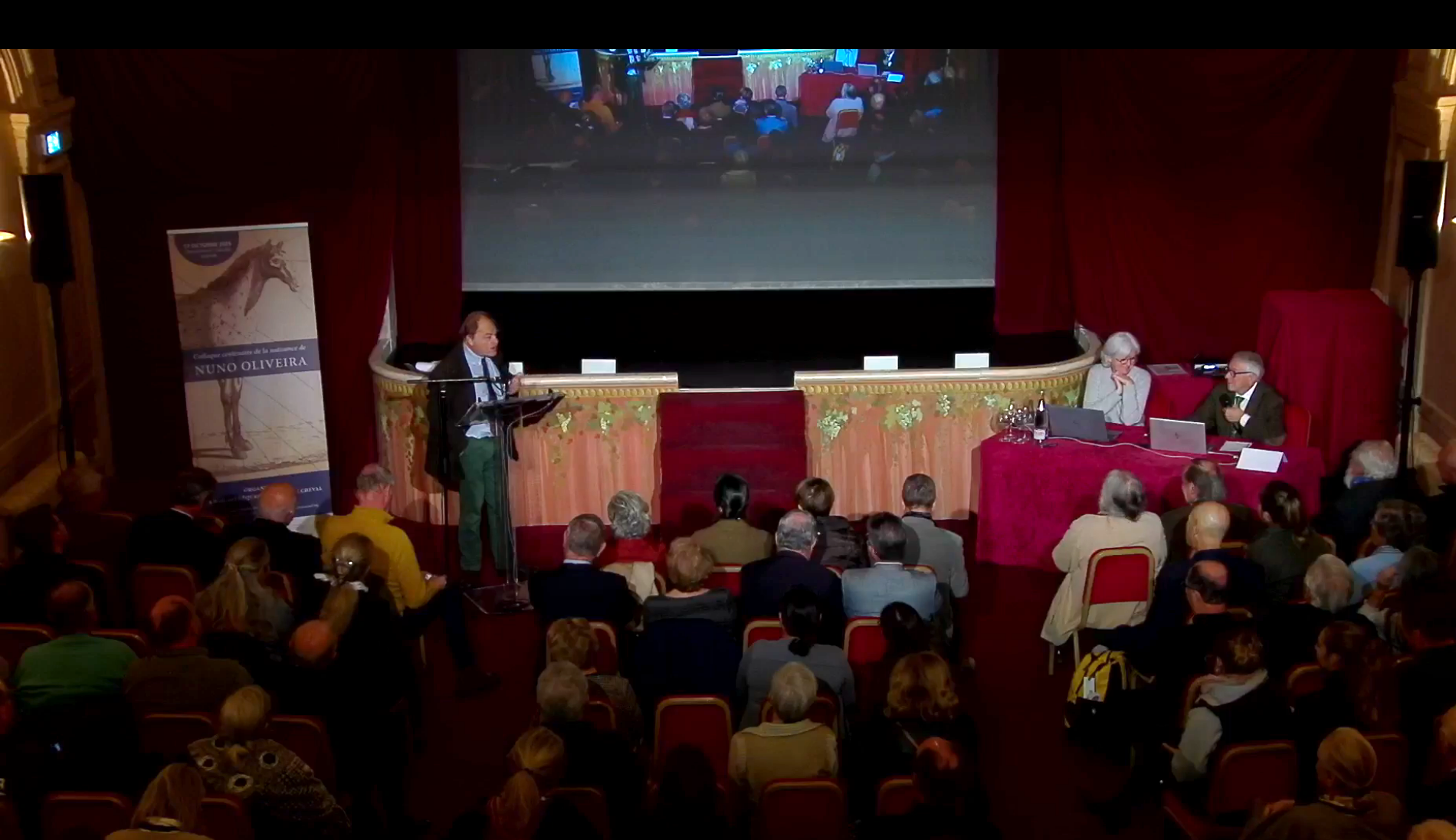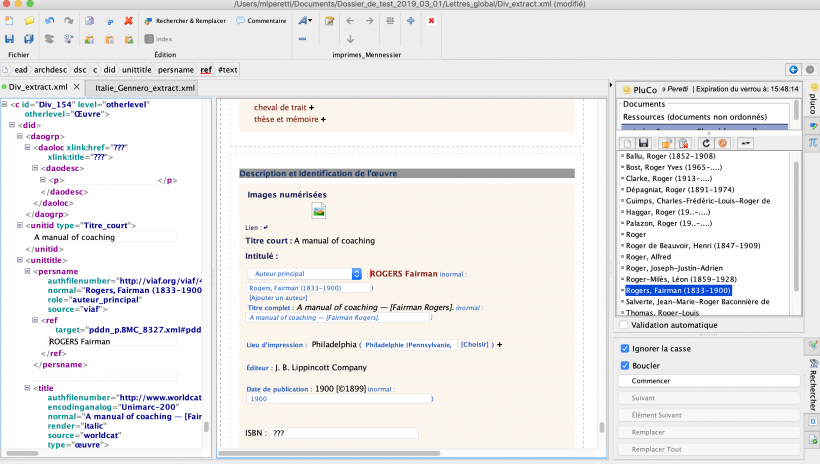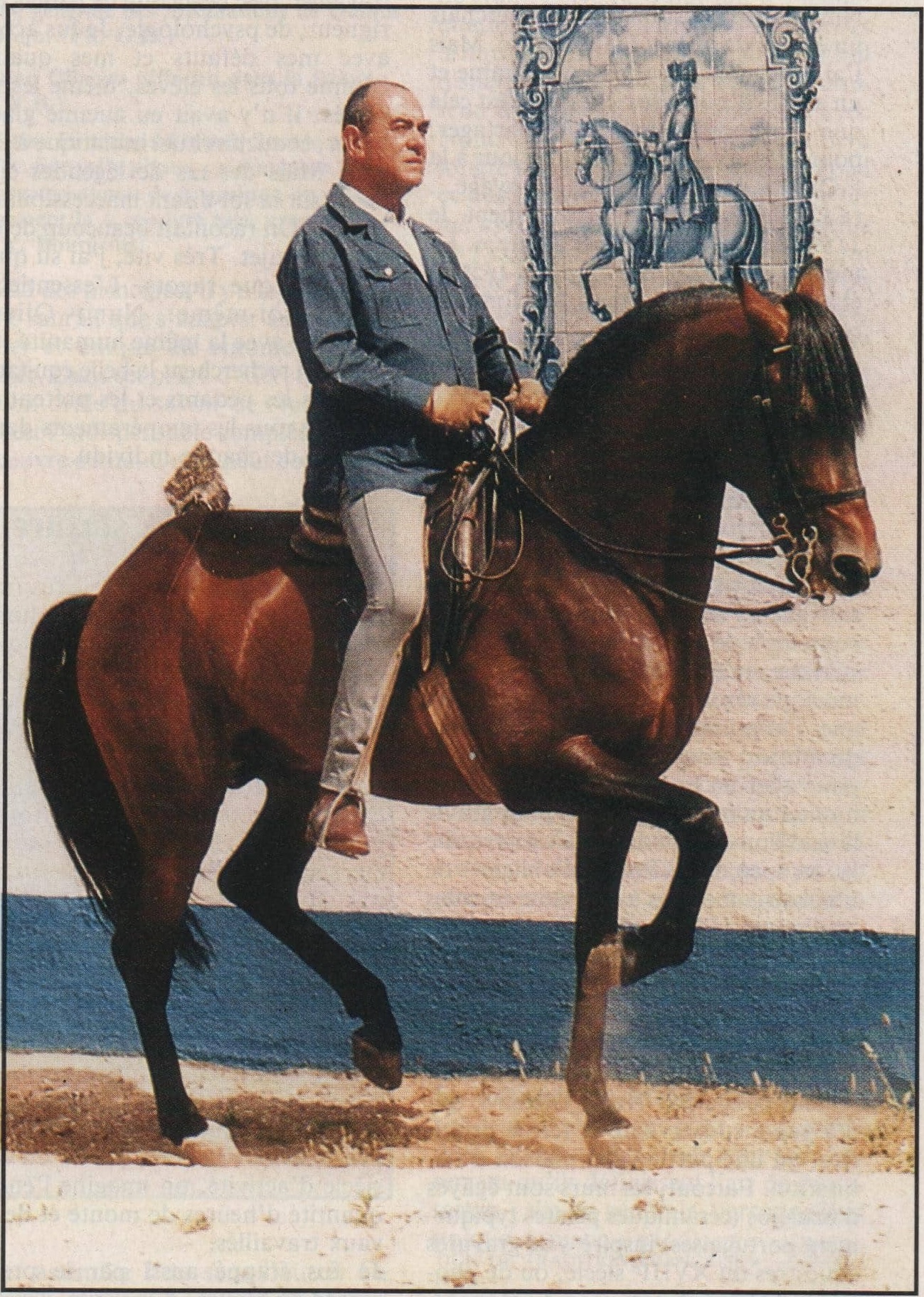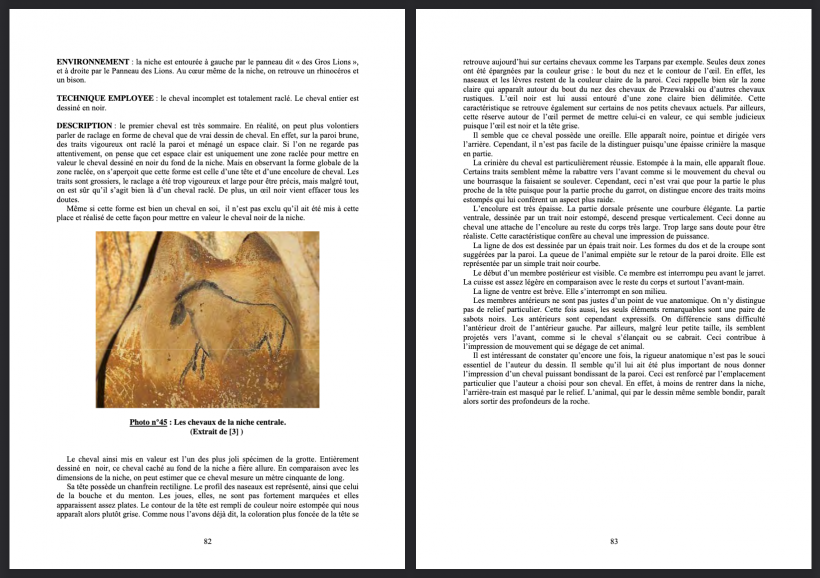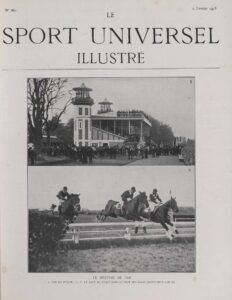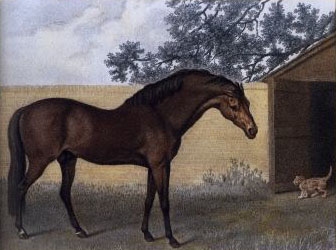
The Legend of Godolphin Arabian
The name Godolphin Arabian is related to famous maternal purebred lines of racehorses, such as the famous Eclipse. The undeniable leader was of Bay-brown color, long shoulders and powerful muscles, but lacked grace, according to French observers. This was a gift brought by the Bey of Tunisia around 1730, but Louis XV did not like it much since he preferred much heavier horses. Therefore he was put to pull a cart until an Englishman, Mr. Edward Croke, bought him for a low price and took him to England. After Croke’s death, Lord Francis Godolphin acquired him for his horse stables as a decoy to attract to the mares in heat for his stallion Hobgoblin. One day, when the house stallion did not want to serve the mare Roxanna, Godolphin Arabian replaced him. There is also the version that Godolphin threw himself against the stallion and killed him. His legend was forged especially in the green slopes of Newmarket: in 1738, Lath, Cade and Regulus, his first three offsprings, won the races with style. Of the nine times he ran, Lath won the Queen’s Plate nine times.
Godolphin Arabian was buried in Wandlebury in 1753, at the venerable age of 29. George Stubb painted the horse in 1792 and left his image embodied along with the cat who shared his crib during his last years. It is said that the cat starved himself to death when his great friend died. Rosa Bonheur painted a representation of the fierce duel against Hobgoblin. The painting, dating from 1895, is in the Louvre Museum. The story also inspired Eugene Sue, and a century later Maurice Druon, who wrote charming stories about it.
More information:
